In our current era of sustainability, solar panel systems are one of the most promising powerful signs of hope. Using the energy of the sun to generate electricity is not only good for the planet because it saves more than 2 tonnes of carbon emissions each year but it is also very sustainable and a viable alternative to fossil fuel based power. In this article, we will explore the true essence of solar panel systems by examining several key elements with respect to their benefits, installation process, cost associated with this process, the maintenance required and some of the latest technologies involved in this field. Whether you’re a homeowner thinking of switching to solar or you’re just curious about it, this article will be of great help to enlighten and inform you.
Table of Contents:
– Benefits of solar panel systems
– Installation process of solar panel systems
– Cost considerations for solar panel systems
– Maintenance requirements for solar panel systems
– Latest technological advancements in solar panel systems
Benefits of solar panel systems
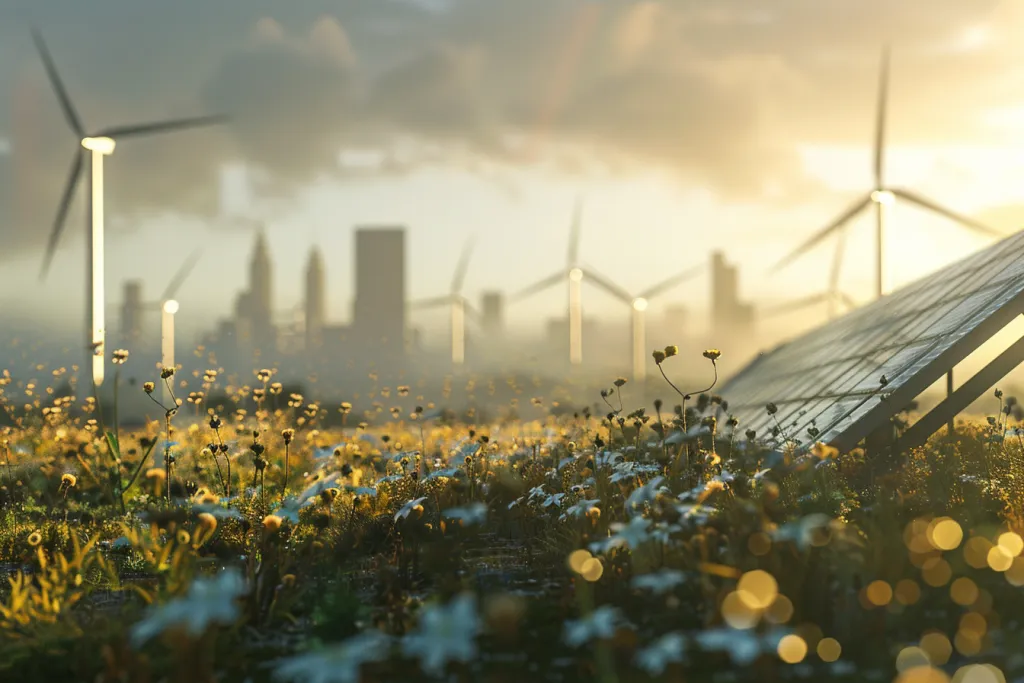
Going solar means going green, of course, but also going efficient and independent as well. Solar panels convert sunlight to electricity, a renewable energy source right at your doorstep. Going solar can dramatically cut your electricity bill with the help of net metering and solar incentives, and increasing home value because of solar panels makes sense.
Environmental advantages are too numerous to mention. Solar panel systems help mitigate climate change by lowering the carbon footprint and the emission of greenhouse gases. Moreover, it requires very little water for their operation, and it helps lower the level of air pollution. Widspread use of this technology should be an important part of the conservation.
Installation process of solar panel systems
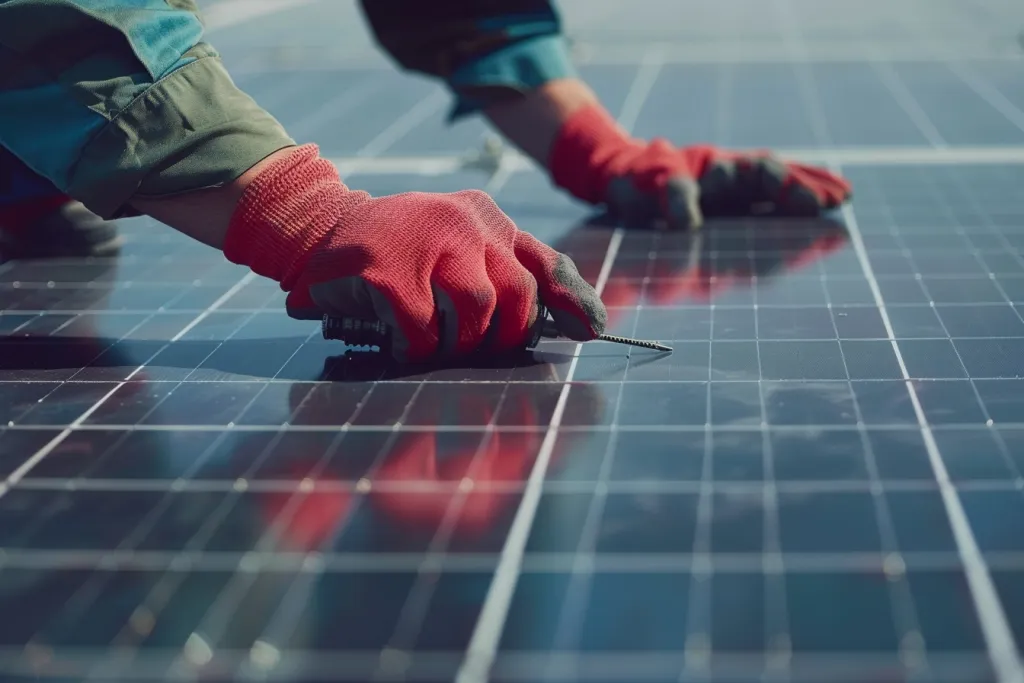
A site assessment comes first. A technician considers the condition of your roof, how it faces the sun and the amount of shade it gets (among other considerations) before coming up with a plan, including the size and layout of the system.
A good installer is important: certified professionals who are licensed and experienced will ensure that the work is done according to local codes and regulations. The installer will mount the panels, install the inverters and connect the system to the grid. Inspections and approval from your local fire department and utility company will be done, and then the system can be turned on.
Cost considerations for solar panel systems
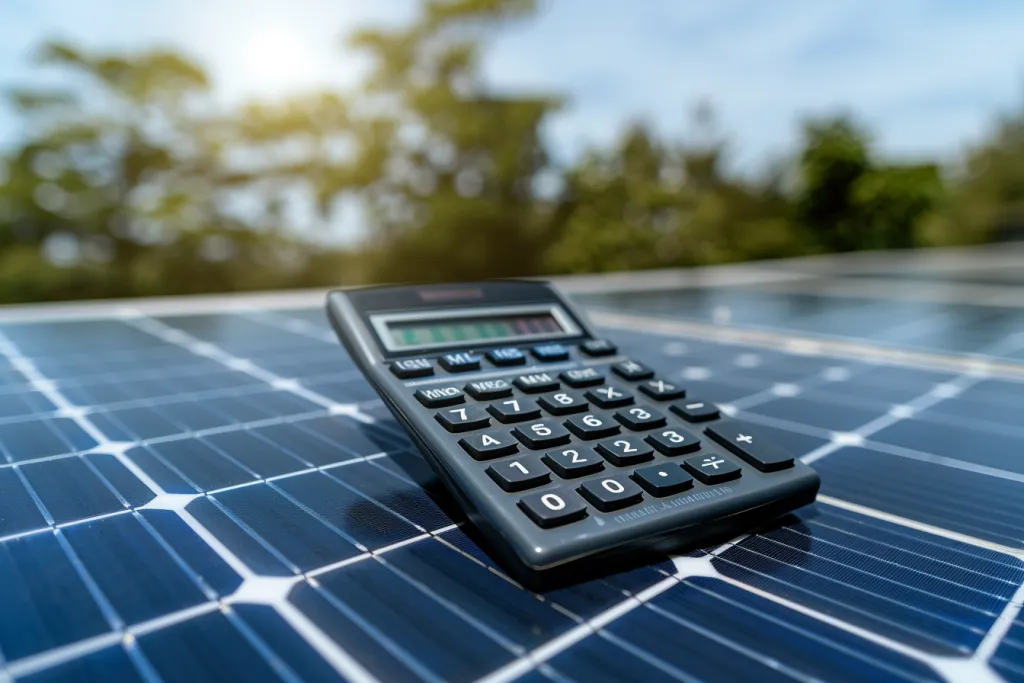
It’s important to be aware of the economics of solar panel systems. The fixed costs are the cost of the panels, inverters, mounting hardware and installation. Tax credits, utility rebates and solar financing offers might help knock the cost down.
A key factor is the payback period – which varies with the electricity rate, any solar incentives, and the system’s performance. Most homeowners begin to reap the benefits within five to 10 years, and save on their bills from then on.
Maintenance requirements for solar panel systems
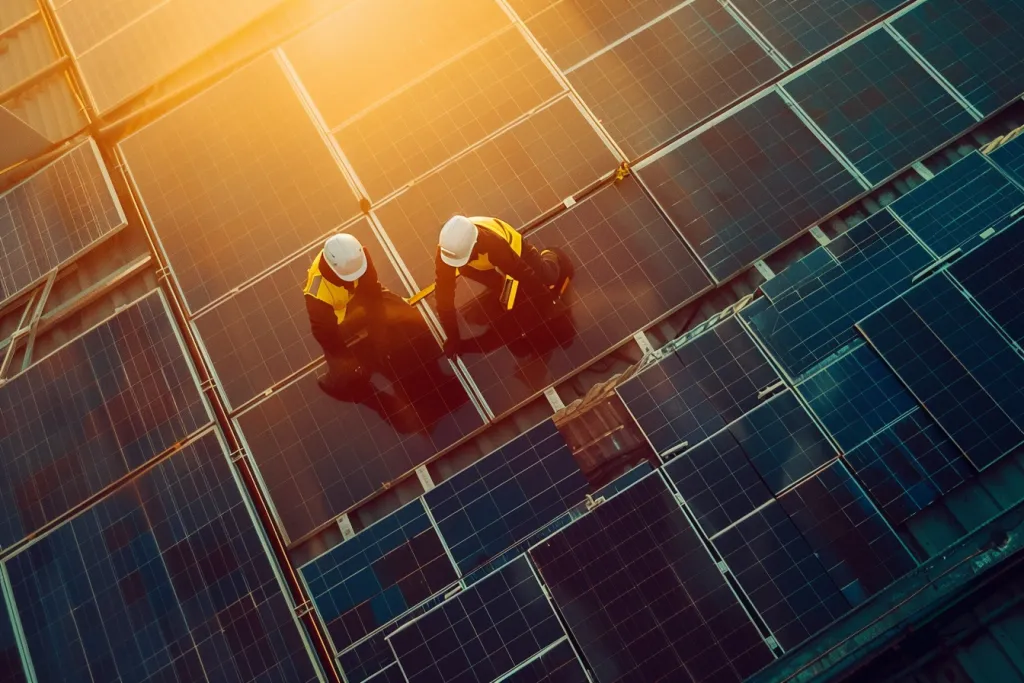
Solar panel systems require very little maintenance. Dust, debris and even snow can be removed from time to time to ensure that they work at maximum capacity. Homeowners can also install monitoring systems that will alert them to any issues with their systems, ensuring that they can deal with any problems swiftly.
However, if you do decide to add solar panels to your home, the good news is that, once they’re installed, it’s a good idea to hire a professional to inspect the mounting systems, wiring and inverters annually to make sure everything is intact. Solar panels themselves are almost indestructible, and if you do a good job of installing and maintaining them, they should last 25 to 30 years. By then, you’ll have invested in enough renewable energy that, while you may not be self-sufficient, you’ll be providing yourself with a significant amount.
Latest technological advancements in solar panel systems
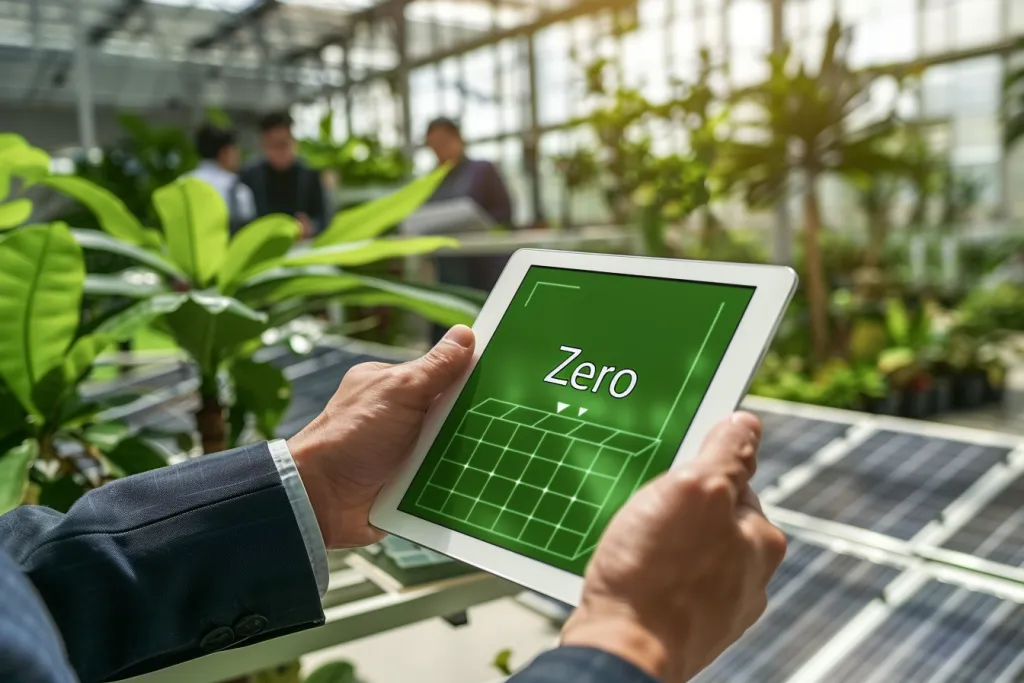
Technologies ensure the growth of the solar industry: solar panels are getting more and more efficient. For example, bifacial solar panels are able to use sunlight from both sides of the panel, thus making them more efficient. The prices of solar batteries continue to decrease, meaning that people can store the energy that they produce in daylight for the nights when the sun may be covered by the clouds.
New, see-through solar panels, possibly even easier on the eye than retrofit panels, and solar skins will transform the competitive landscape. And those are only the ideas we have now. I can hardly wait to see what comes next.
Conclusion:
The first step to a green future is covered in solar panels. But not only are they environment-friendly, solar panels are now packed with the latest technology. The initial upfront cost could be enormous, but in the long run it’ll save you money and possibly reduce the carbon footprint of the planet by one. As the solar industry continues to boom, its clear that we are all moving towards a highly sustainable means of living our lives.




